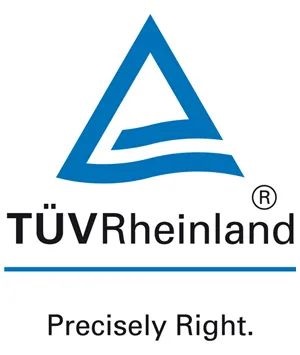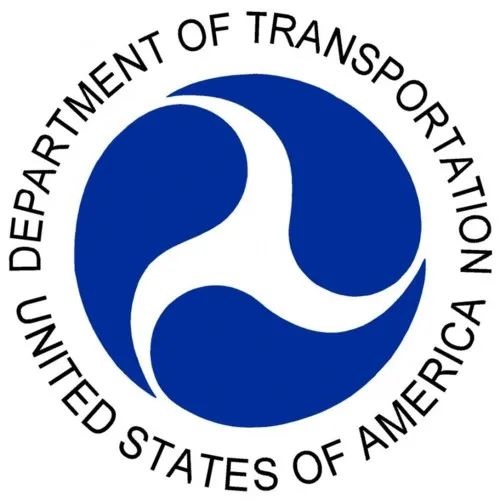-
Mail Us : sales09@zwwheels.com
-
Call Us : +86 (0)25 84725893
What Are You Looking For?
What Are You Looking For?
Mail Us : sales09@zwwheels.com
Call Us : +86 (0)25 84725893
Whether it is the original wheelrim or the modified wheelrim, it has quietly undergone very severe tests, mainly including three "levels" including impact test, bending fatigue test and radial fatigue test. All clearances can be put into production and sales. Therefore, the inspection of the wheel rim is a very serious and life-threatening link.
So, how do you know if the wheel is qualified or not? There is a certification body! Let's take a look at the mainstream wheel certifications in the world.
German TÜV: is the abbreviation of the German "Technical Supervision Association" and is also an official certification body designated by the German government. This is a certification body recognized by many major countries around the world. And because Germany has unlimited speed highways, the country has higher requirements for wheel certification.
Extended information: You may see a lot of TÜV institutions, explain, they are all true. Including three different companies, TÜV Rheinland, TÜV SÜD and TÜV NORD. The certificates of the three companies are similar, and their validity is the same in the EU. In China, these three are in a competitive relationship.

U.S. DOT: Abbreviation for the U.S. Department of Transportation. According to the FMVSS standard of the National Highway Safety Administration under the U.S. Department of Transportation, in order to ensure driving safety, automobile wheels sold in the U.S. market must pass DOT certification, and the corresponding certification marks must be printed on the products.
The competent authority for "DOT certification" is NHTSA (National Highway Traffic Safety Administration), which is responsible for developing and enforcing relevant regulations and overseeing vehicle safety and compliance assessments.

Japan VIA/JWL: Both usually appear at the same time. Note: VIA is not a certification standard, but an agency, short for Japan Vehicle Inspection Association. JWL means light alloy wheels in Japan. The Ministry of Land, Infrastructure, Transport and Tourism of the country has stipulated the quality/performance standards of light alloy wheels , and those that meet the requirements will be marked with the JWL logo. VIA/JWL are engraved on the wheel together, indicating that the brand wheel has passed the certification of the VIA agency using the JWL standard.

In addition, there are SFI in the United States, EMARK in the European Union, KC in South Korea, CMVR in India, ESMA in the United Arab Emirates, INMETRO in Brazil and CHAS in Argentina, etc. It can be seen that as long as the country pays sufficient attention to traffic safety, there will be a corresponding access mechanism for auto parts.
Hi! Click one of our members below to chat on